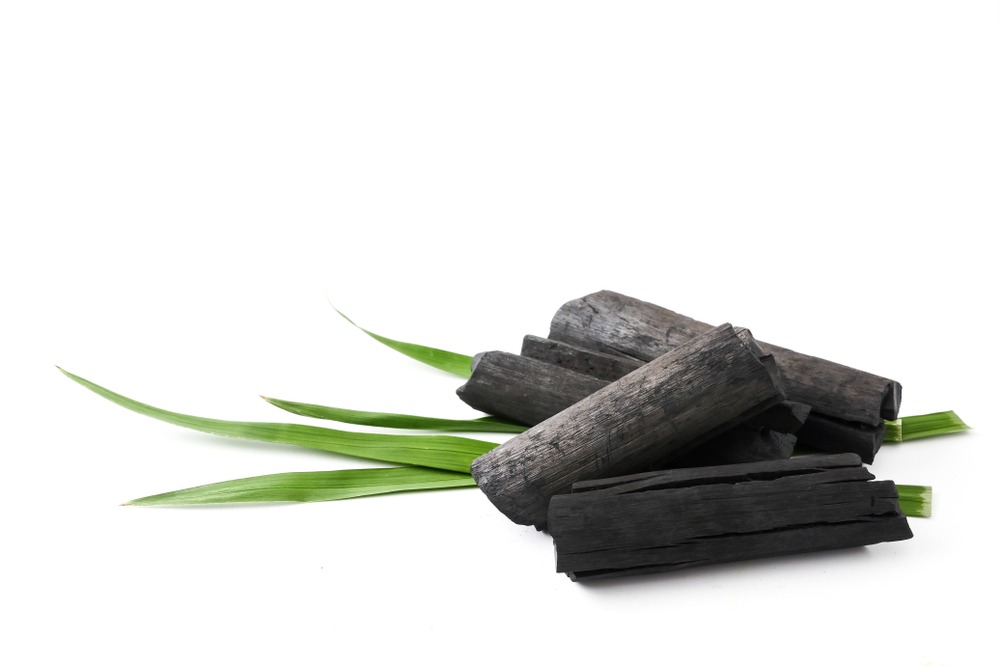
Difference Between Wood, Coconut, and Coal Activated Carbon
Written by Rahul
We live in a technology-driven society that is more health-conscious than ever before. Whether it is domestic applications, drinking water purification, gas purification, or other commercial applications, activated carbon seems to be almost everywhere. For instance, tap water is filled with loads of impurities and it is not considered potable. It also includes harmful chemicals and some of them are carcinogenic.
Activated Carbon block filters are used to make tap water potable and these filters use activated carbon which are available in 3 different variations which are as under:
- Wood-based activated carbon
- Coal-based activated carbon
- Coconut based activated carbon
Wood-based activated carbon has gained immense popularity in the last few years and got recognized as a reliable option while coal based activated carbon is the oldest known form of activated carbon. Coconut Shell activated carbon is also popular and deemed useful due to its large surface area characterized by micropores and mesopores.
Let’s take a look at a head-to-head comparison between wood, coal, coconut shell activated carbon types.
Difference between Wood, Coconut and Coal Activated Carbon
1. Wood-based activated carbon
This form of activated carbon is getting increasingly popular year by year. Wood Activated carbons are known for their exceptional decolorizing attributes. They also have unique porosimetry. Wood powder-activated carbon is known for its non-toxic properties, large surface area, and tremendous adsorption capabilities.
It is produced from selected wood types and sawdust. Apart from drinking water purification, wood powder-activated carbon is used in numerous applications including sugar, beverage, and pharmaceutical production. The production of wood powdered activated carbon can also take place through the phosphoric acid method. There are several benefits of this method including fast filtration speed and lack of zinc. This form of wood activated carbon is used in the food and pharmaceutical industries.
Perfect for steam activation and yields, babool wood activated carbon certainly deserves a mention while discussing wood-based activated carbons. With almost 5% ash content, this form of activated carbon has an excellent microporous structure.
Another popular wood-based activated carbon is bamboo charcoal. Made from the Moso bamboo plant, bamboo charcoal is profusely used in skincare products.
EcoFriend Carbon is reputed to offer top-grade powder and granular activated carbons. With a state-of-the-art manufacturing facility with high-end machines and experienced manufacturing experts.  2. Coal Based Activated Carbon
2. Coal Based Activated Carbon
Coal-based activated carbon is produced from coal that has undergone a steam activation process. Millions of pores are created on the carbon’s surface during activation which helps increase the large surface area.
Bituminous coal is the most popular coal type and it is deemed ideal owing to its micro-porosity and 70 to 90 percent carbon content. Coal based activated carbon is also used for other industrial applications such as effluent treatment and wastewater treatment. It is also used in gas purification apart from aquarium and pond water purification. If you are looking for a cost-effective solution then coal-activated carbon is the one to go for. It is also best-suited for odor removal.
3. Coconut shell activated carbon
As the name suggests, coconut activated carbon comes from the coconut shell and also undergoes a steam activation process. Millions of pores are created on the carbon’s surface during this process. Consequently, the total surface area of the carbon increases. This form of activated carbon is used in drinking water purification and gas purification. It is known for its unique pore diameter distribution.
Coconut Shell Activated Carbon is used to treat acute poisoning and gastrointestinal problems. It is used in carbon filters for potable water purification. Besides, it is also instrumental in the removal of organic substances. The availability of coconut has never been a concern as coconuts grow all year round and the harvesting takes place 3 to 4 times a year.
Conclusion of Difference between Wood, Coconut, and Coal Activated Carbon
Coconut, wood, and coal-based activated carbons have distinctive properties and offer their own set of advantages. Whether it is domestic or commercial applications, the significance of these carbons cannot be undermined.
For more information related to coconut, wood, or coal-based activated carbons, feel free to get in touch with EcoFriend Carbon. Team EcoFriend Carbon will answer your queries to your satisfaction.
